Back to Courses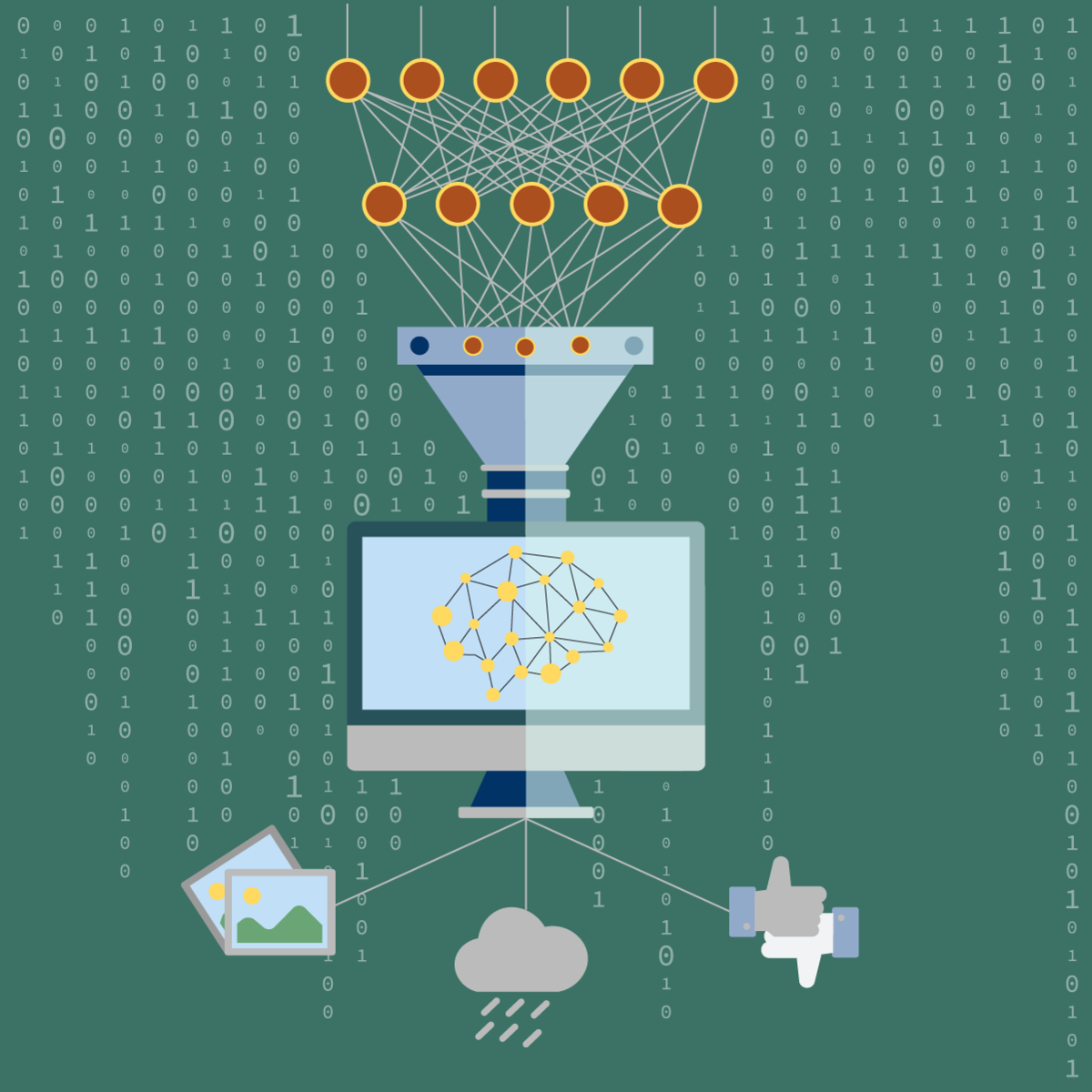
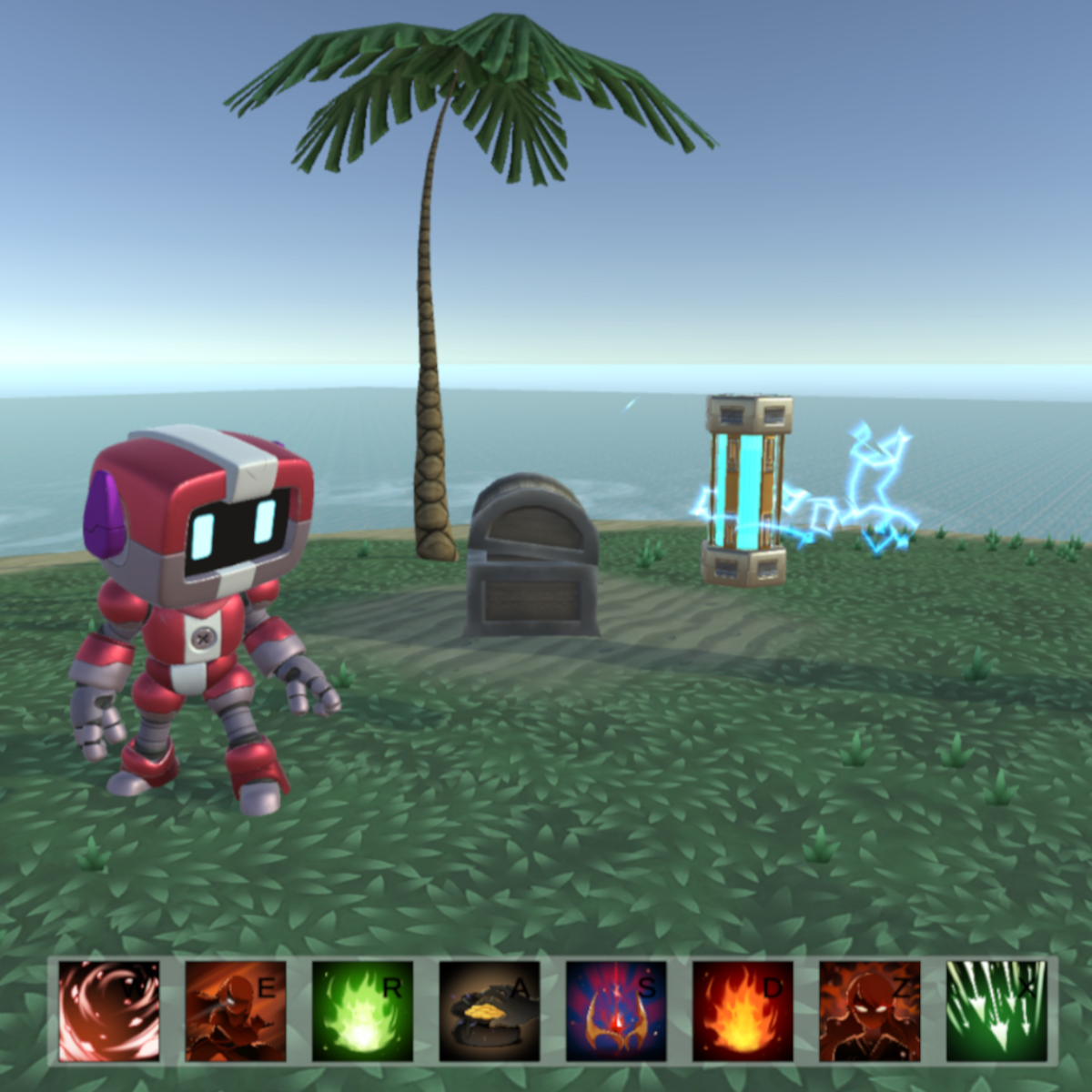



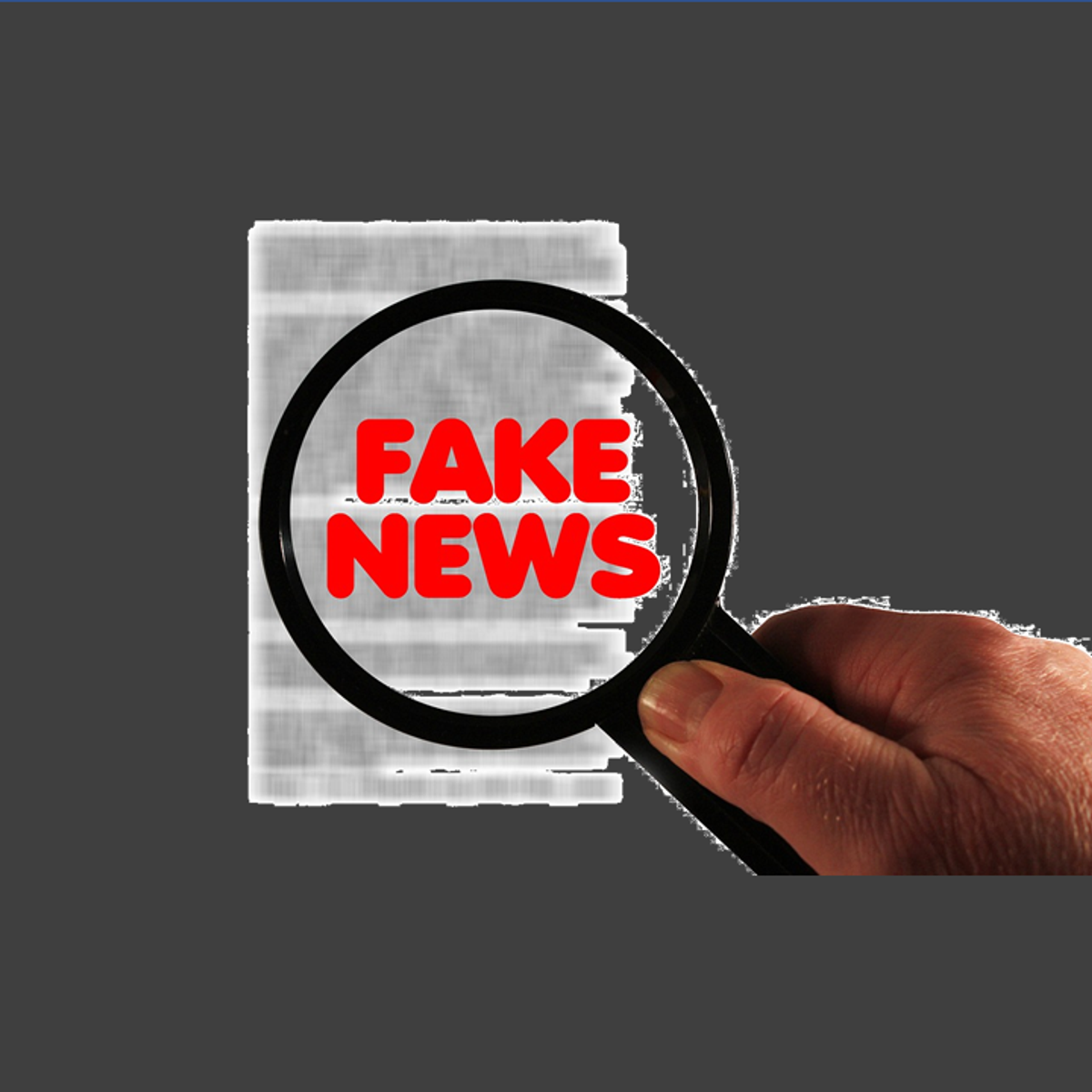
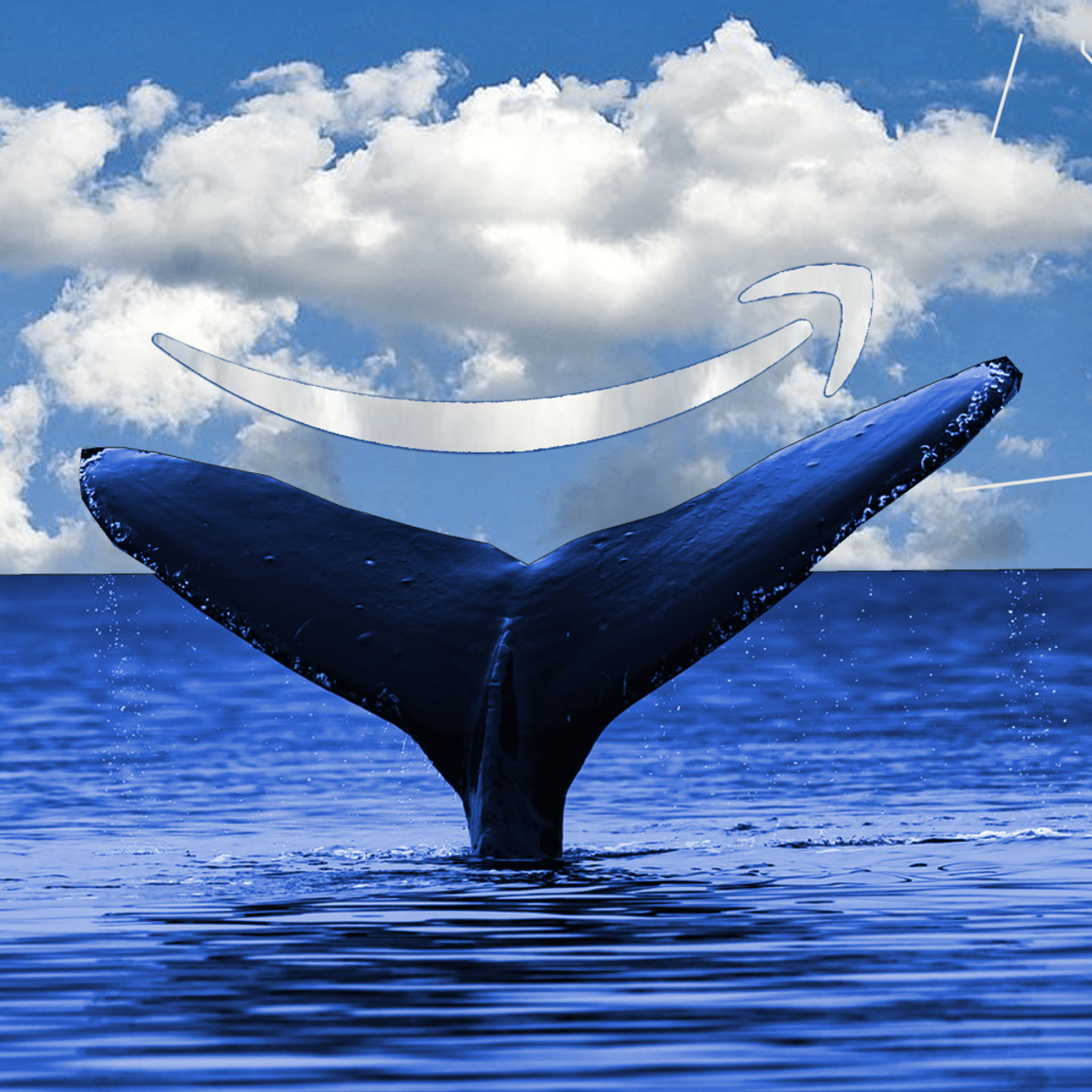


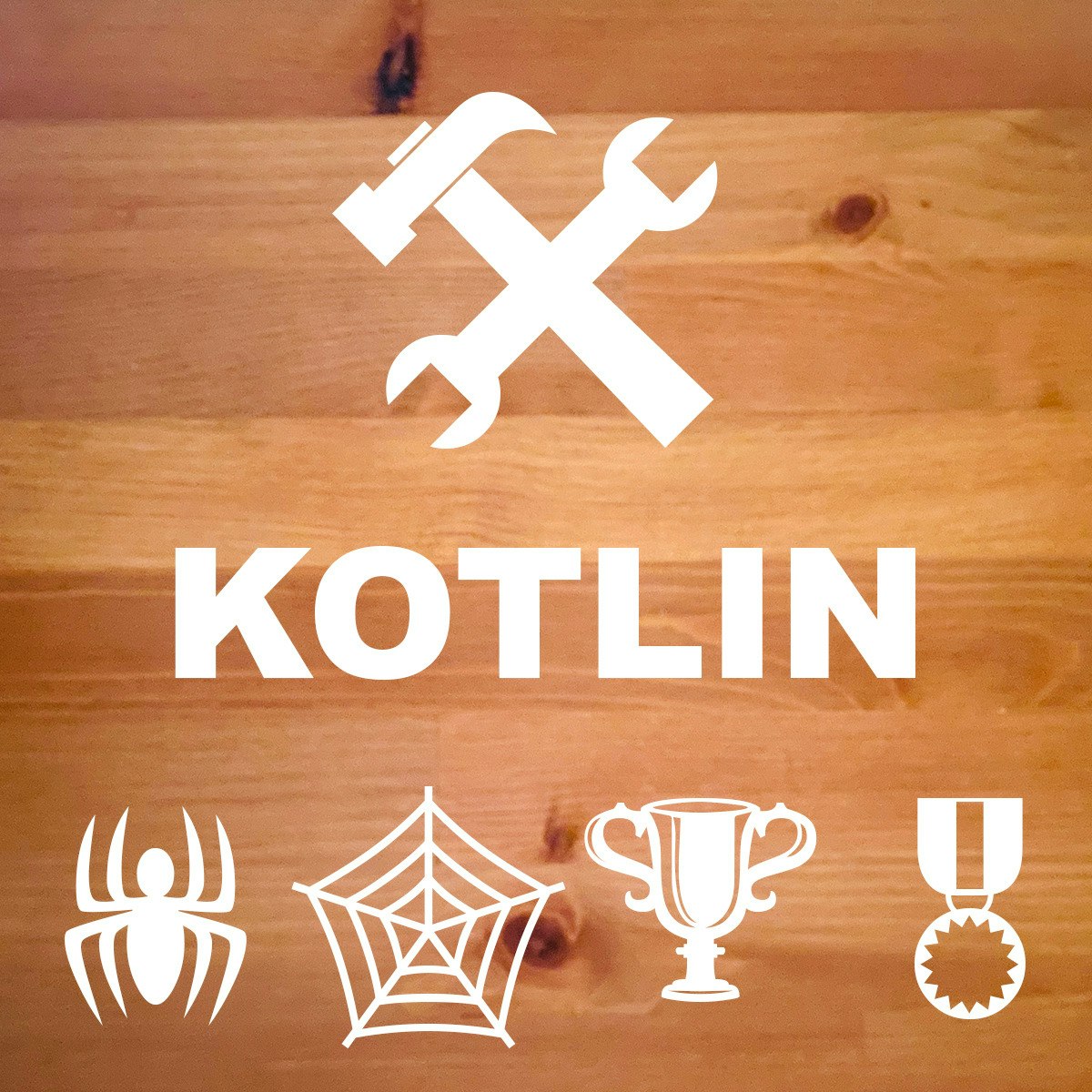
Software Development Courses - Page 10
Showing results 91-100 of 1266

Introduction to Machine Learning
This course will provide you a foundational understanding of machine learning models (logistic regression, multilayer perceptrons, convolutional neural networks, natural language processing, etc.) as well as demonstrate how these models can solve complex problems in a variety of industries, from medical diagnostics to image recognition to text prediction. In addition, we have designed practice exercises that will give you hands-on experience implementing these data science models on data sets. These practice exercises will teach you how to implement machine learning algorithms with PyTorch, open source libraries used by leading tech companies in the machine learning field (e.g., Google, NVIDIA, CocaCola, eBay, Snapchat, Uber and many more).

Make an Action Bar in Unity Part 1 - Modular Action System
Action bars are ubiquitous in gaming, from Diablo to League of Legends to Valorant, it has become the staple user interface for games that offer players multiple abilities and consumable items.
In this one-hour, project-based course, you'll learn how to create an action bar from scratch. You'll learn how to set up the UI elements to create the action bar and its buttons, code a modular and versatile Action system and wire up a cooldown effect on your buttons.
The guided project will introduce you to the following Unity concepts:
- UI Toolkit
- C# coding techniques including Inheritance.
This is Part 1 of a 2-part series on creating an action bar for a Unity game. Part 2 covers adding appealing visual effects to the action bar and buttons, to give your game some "bling."
This series makes use of the tropical island-themed Unity project first used in Create Animation Transitions in Unity (Intro to Animation 2). This compliments this guided project and, although not a prerequisite, is recommended for a more well-rounded understanding of the concepts presented herein.

Database Design and Basic SQL in PostgreSQL
In this course you will learn more about the historical design of databases and the use of SQL in the PostgreSQL environment. Using SQL techniques and common commands (INSERT INTO, WHERE, ORDER BY, ON DELETE CASCADE, etc) will enable you to create tables, column types and define the schema of your data in PostgreSQL. You will learn about data modeling and how to represent one-to-many and many-to-many relationships in PostgreSQL. Students will do hands-on assignments creating tables, inserting data, designing data models, creating relational structures and inserting and querying relational data in tables.

Solving Algorithms for Discrete Optimization
Discrete Optimization aims to make good decisions when we have many possibilities to choose from. Its applications are ubiquitous throughout our society. Its applications range from solving Sudoku puzzles to arranging seating in a wedding banquet. The same technology can schedule planes and their crews, coordinate the production of steel, and organize the transportation of iron ore from the mines to the ports. Good decisions on the use of scarce or expensive resources such as staffing and material resources also allow corporations to improve their profit by millions of dollars. Similar problems also underpin much of our daily lives and are part of determining daily delivery routes for packages, making school timetables, and delivering power to our homes. Despite their fundamental importance, these problems are a nightmare to solve using traditional undergraduate computer science methods.
This course is intended for students who have completed Advanced Modelling for Discrete Optimization. In this course, you will extend your understanding of how to solve challenging discrete optimization problems by learning more about the solving technologies that are used to solve them, and how a high-level model (written in MiniZinc) is transformed into a form that is executable by these underlying solvers. By better understanding the actual solving technology, you will both improve your modeling capabilities, and be able to choose the most appropriate solving technology to use.
Watch the course promotional video here: https://www.youtube.com/watch?v=-EiRsK-Rm08

Life Expectancy Prediction Using Machine Learning
In this hands-on project, we will train a Linear Regression model to predict life expectancy. The dataset was initially obtained from the World Health Organization (WHO) and United Nations Websites. Data contains features such as year, status, life expectancy, adult mortality, infant deaths, percentage of expenditure, and alcohol consumption.

Fake News Detection with Machine Learning
In this hands-on project, we will train a Bidirectional Neural Network and LSTM based deep learning model to detect fake news from a given news corpus. This project could be practically used by any media company to automatically predict whether the circulating news is fake or not. The process could be done automatically without having humans manually review thousands of news related articles.
Note: This course works best for learners who are based in the North America region. We’re currently working on providing the same experience in other regions.

Use Docker at AWS with the Command Line
Docker management in the Cloud is a valuable skill to have if you want to be a Docker administrator, a Docker user, or just want to learn more about Docker in the Cloud. Many businesses have already moved their IT assets to the Cloud and many more are in the process.
At the end of this project, you will know how to launch an Amazon Web Services (AWS) Linux server and then install and manage Docker on it remotely using a command line tool.

Code Yourself! An Introduction to Programming
Have you ever wished you knew how to program, but had no idea where to start from? This course will teach you how to program in Scratch, an easy to use visual programming language. More importantly, it will introduce you to the fundamental principles of computing and it will help you think like a software engineer.

Java Basics: Selection and Iteration
Code and run your first Java program in minutes without installing anything!
This course is designed for learners with no coding experience, providing a solid foundation of not just Java, but core Computer Science topics that can be transferred to other languages. The modules in this course cover printing, operators, iteration (i.e., loops), and selection (i.e., conditionals).
To allow for a truly hands-on, self-paced learning experience, this course is video-free. Assignments contain short explanations with images and runnable code examples with suggested edits to explore code examples further, building a deeper understanding by doing. You'll benefit from instant feedback from a variety of assessment items along the way, gently progressing from quick understanding checks (multiple choice, fill in the blank, and un-scrambling code blocks) to small, approachable coding exercises that take minutes instead of hours.

Create an Android App with Kotlin
In this 1.5 hours class, you will learn one of the newest programming languages Kotlin and how to make Android apps by creating a game that runs on Android devices from scratch. At the end of the class, you will understand the basics of android application development and the fundamentals of Kotlin.
Note: A free account on Appetize.io is required.
Popular Internships and Jobs by Categories
Find Jobs & Internships
Browse
© 2024 BoostGrad | All rights reserved